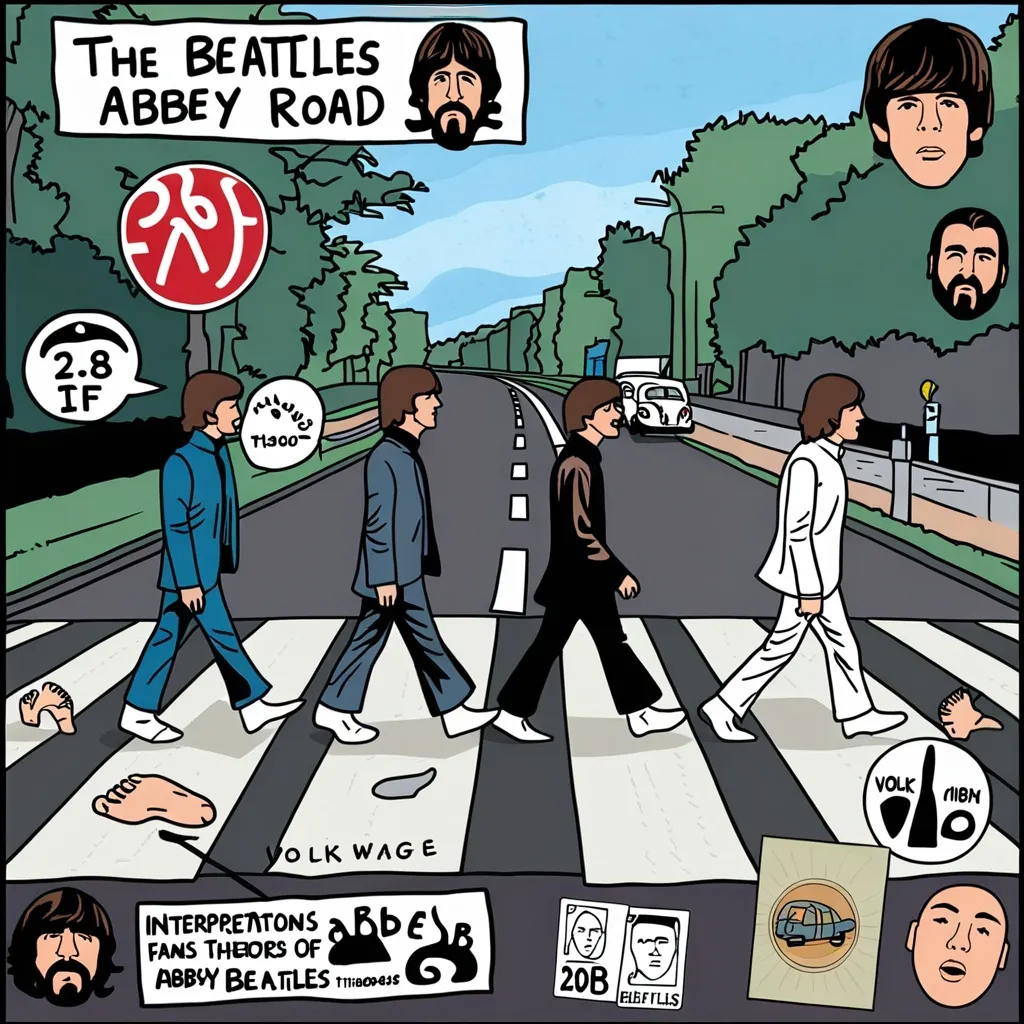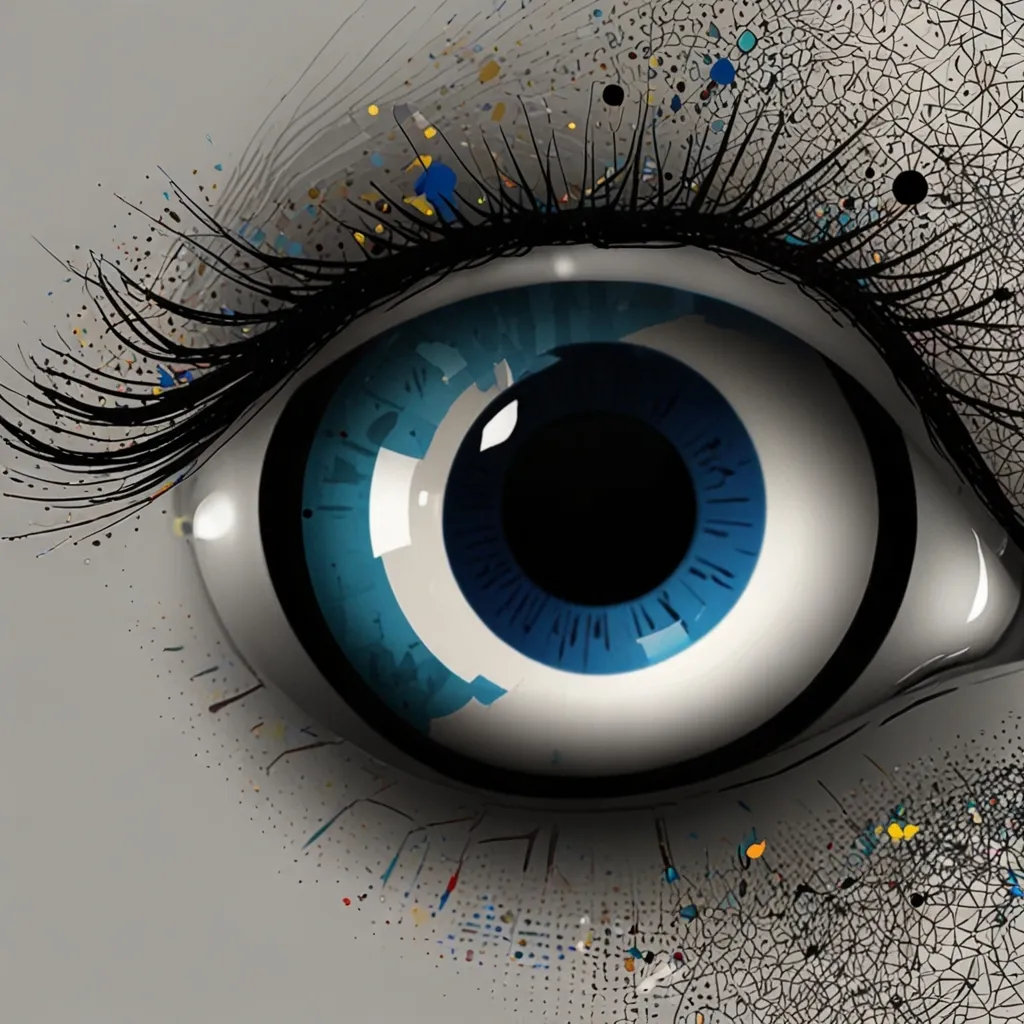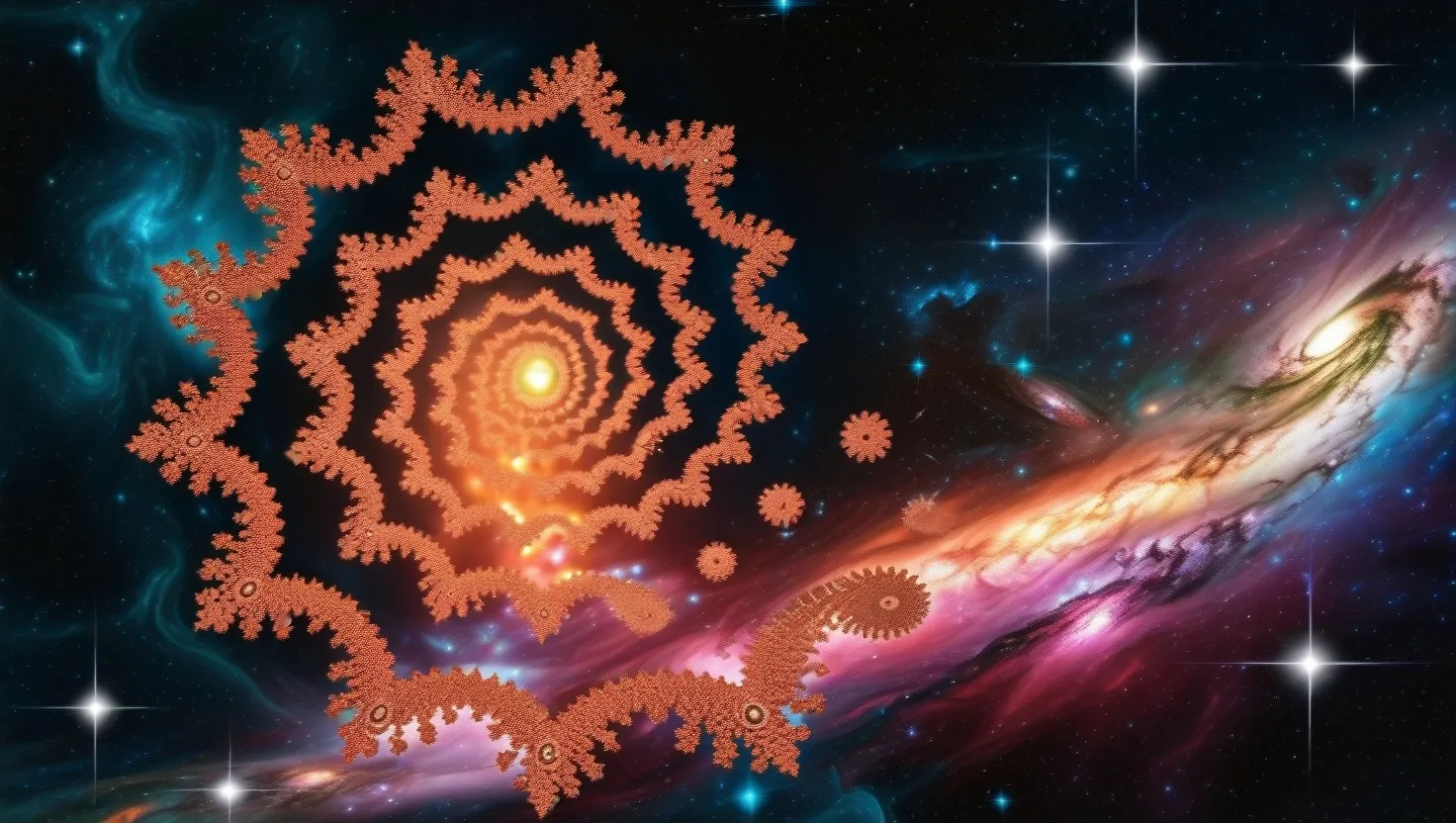It’s wild how some stories stick around, isn’t it? One of the most fascinating legends in the realm of music is the gripping tale that Paul McCartney of The Beatles fame actually died in 1966 and was replaced by a lookalike. Even decades later, this conspiracy has taken up residence in the corners of pop culture, fueled by a series of supposed clues nestled within The Beatles’ songs and album covers.
Imagine it: a chilly November night in 1966. According to the lore, Paul McCartney stormed out of a heated recording session at the famous Abbey Road Studios. Fueled by anger, he hopped into his car and sped away, only to tragically crash and die. The other members of the band, along with their management, decided to keep this devastating news under wraps, fearing mass hysteria and the potential meltdown of the band’s lucrative career.
To keep up the illusion that Paul was alive and well, the band allegedly found a dead-ringer named William Shears Campbell. Campbell had apparently won a Paul lookalike contest, and beyond just facial similarity, he also had the musical chops needed to keep up appearances. This doppelganger was said to have been integrated fully into The Beatles, even contributing to some of their most famous tracks.
Fans who believe in this theory point to a slew of hidden clues supposedly peppered throughout The Beatles’ work. Take the Sgt. Pepper’s Lonely Hearts Club Band album cover, for example. Paul’s barefoot, and standing somewhat out of step with the others. A Volkswagen in the background bears a license plate ‘28 IF,’ suggesting Paul would have been 28 if he were still alive, although he was actually 27 then. While these clues sound eerie, they’ve been debunked time and time again by the band members themselves.
Then there’s the Abbey Road album cover, another playground for theorists. The depiction of the band members crossing the street has been interpreted as a symbolic funeral procession. John Lennon, in white, is seen as a preacher; Ringo Starr, dressed in black, plays the undertaker; George Harrison, in denim, could be the gravedigger; and Paul, once again barefoot and out of step, is alleged to be the corpse.
Let’s not forget the musical “clues.” Fans dissect songs like “A Day in the Life” and “Strawberry Fields Forever” for hidden messages and suggestive lyrics. The line “He blew his mind out in a car” from “A Day in the Life” is frequently quoted, even though John Lennon himself called it poetic whimsy. At the end of “Strawberry Fields Forever,” some claim they hear “I buried Paul,” whereas Lennon stated he was actually saying “cranberry sauce.”
The Yesterday and Today album cover also gets its share of scrutiny. The original cover showed the band surrounded by raw meat and dismembered doll parts, which some take as gory symbolism of Paul’s alleged car accident. However, it was actually a misguided publicity gimmick later recalled due to public outrage.
Despite the absence of hard proof and multiple denials from The Beatles, the “Paul is dead” theory persists, almost becoming an urban legend on its own. It’s a tribute to the passion and creativity of The Beatles’ fans who scrounge through albums like detectives on a case, searching for any hidden hints.
Meanwhile, in reality, Paul McCartney has enjoyed a lasting and successful career, both as a Beatle and as a solo artist. He’s rolled out countless albums, formed the band Wings, and even got knighted by Queen Elizabeth II. But still, the lore of his alleged death and replacement lingers as a captivating subplot in the annals of rock history.
What keeps this conspiracy theory alive and kicking is perhaps the cultural phenomenon The Beatles were (and still are). Their music and aura had such a colossal impact that hiding a secret of such magnitude didn’t seem too far-fetched. It showcases the boundless imagination and devotion of fans, turning what started as a dark rumor into an enduring chapter of pop culture folklore.
Today, the “Paul is dead” legend isn’t just a conspiracy theory; it’s a testament to the infinite creativity and passion of Beatles fans. It has spawned countless other theories in the music world and beyond, highlighting just how deep fans can dive into the narratives of their favorite artists. Whether you buy into the theory or not, it undeniably adds a layer of mystique to the saga of one of history’s most influential bands. Through it all, the tale exemplifies just how powerful and lasting The Beatles’ legacy is.






